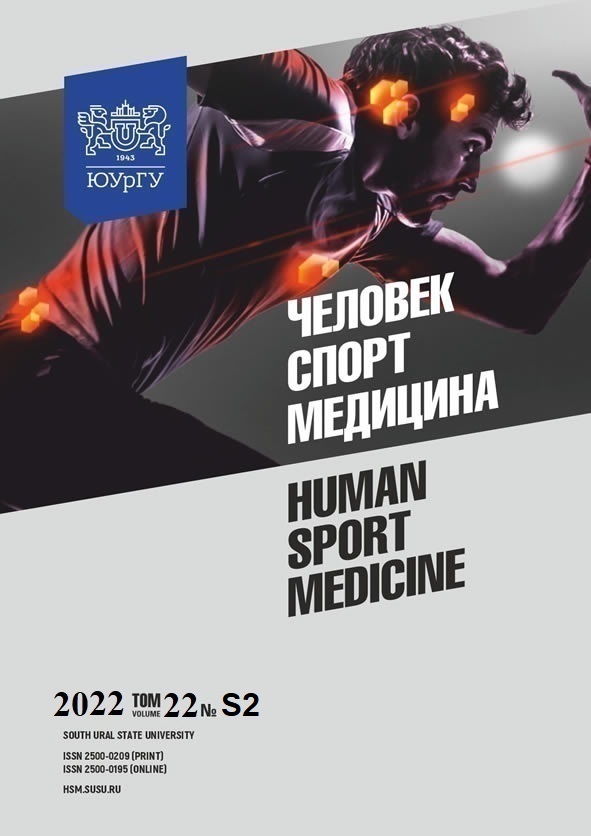COMPARATIVE ANALYSIS OF MOTOR ASYMMETRIES IN PERSONS WITH INTELLECTUAL DISABILITY AGED 12–13 YEARS
Abstract
Aim. The paper was aimed to analyze motor asymmetries in persons with intellectual disability aged from 12 to 13 years involved and not involved in sport and to compare the data obtained with the healthy control group. Materials and methods. The paper contains the functional measurements of muscular strength and endurance in children with mild intellectual disability (F-70) aged from 12 to 13 years, cyclic athletes (cross-country skiing, track and field) with intellectual disability and healthy athletes. The study was performed at the Sports-Adaptive School of Paralympic and Deaflympic Reserves (Yekaterinburg, Russia) by means of the Humac Norm isokinetic extremity system for training and rehabilitation (USA). The measurements were performed for upper and lower extremities in the concentric mode. Results. The data obtained showed difference in strength and endurance (below reference values) between body sides in each group of the study, as well as the effect of cyclic sports on symmetric performance. Conclusion. The results showed significant muscular asymmetry in children with intellectual disability not involved in sport. There was no muscular asymmetry in children involved in sport, both healthy and with intellectual disability. This means that cyclic sports can be considered as a good tool for the harmonious development of children. Moreover, children with intellectual disability not involved in sport had lower values of strength (from 22 to 40%), endurance (from 25 to 40%) and muscular asymmetry (from 20
to 46%) compared to children with intellectual disability involved in sport.
References
References on translit
Copyright (c) 2023 Human. Sport. Medicine

This work is licensed under a Creative Commons Attribution-NonCommercial-NoDerivatives 4.0 International License.















